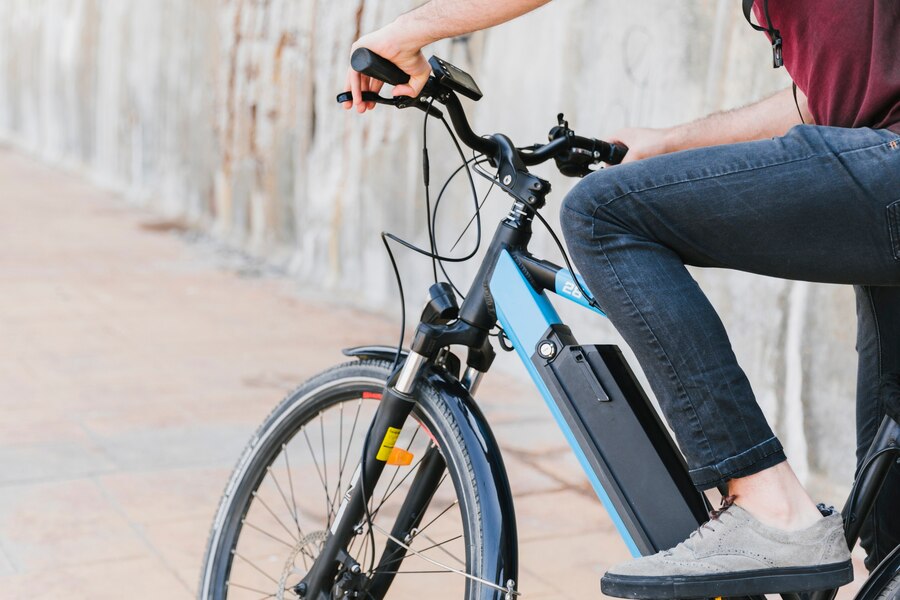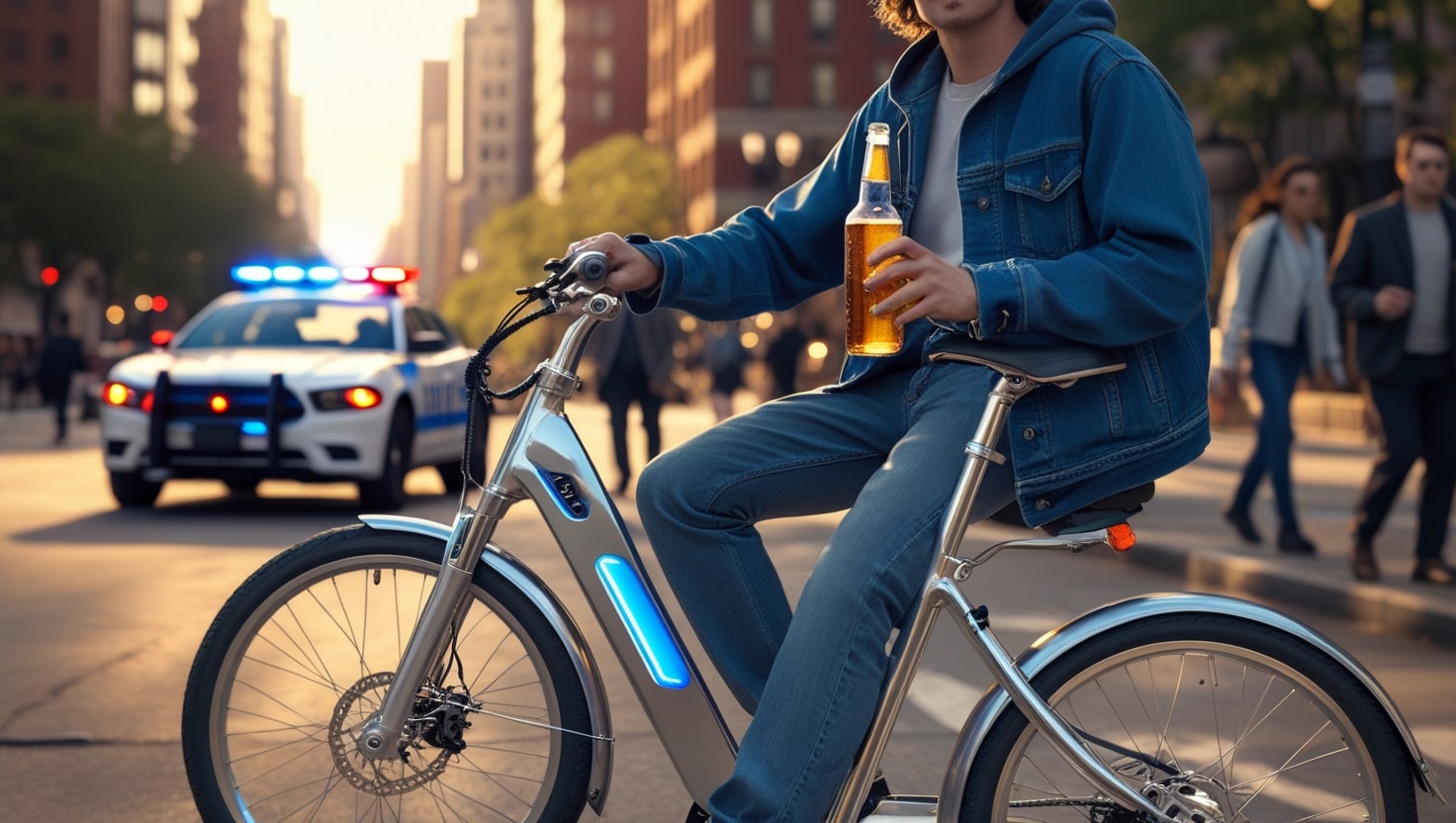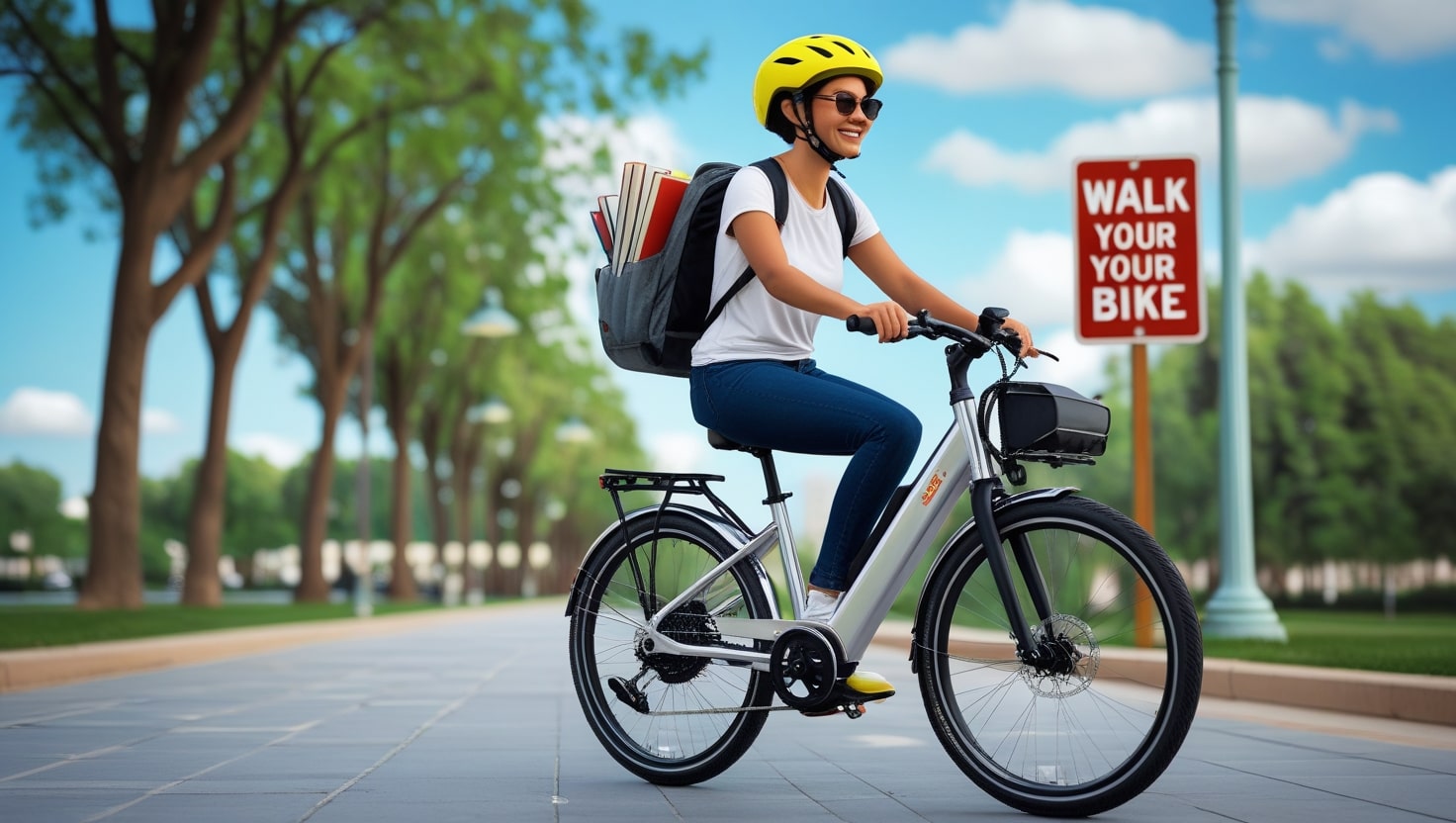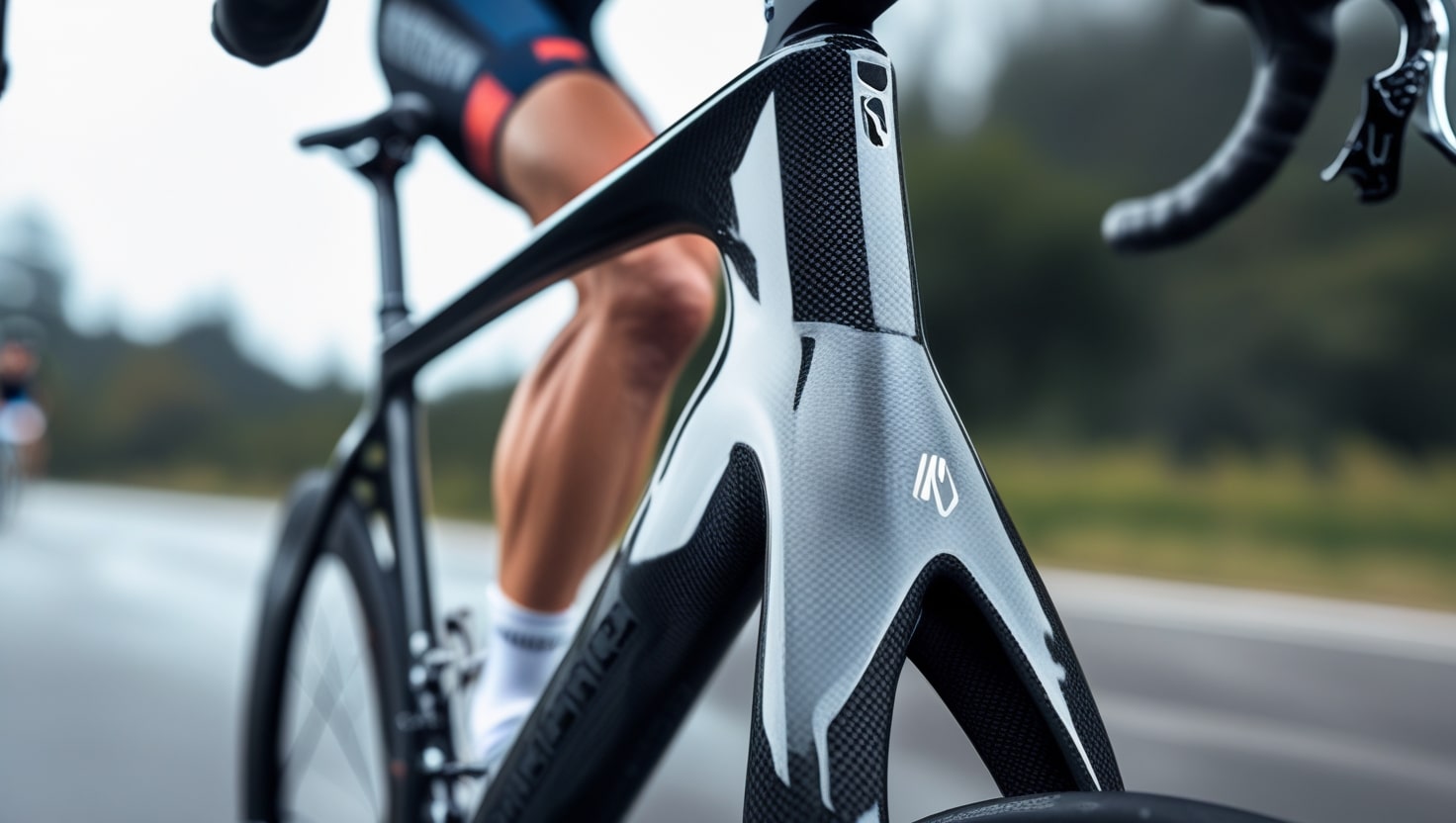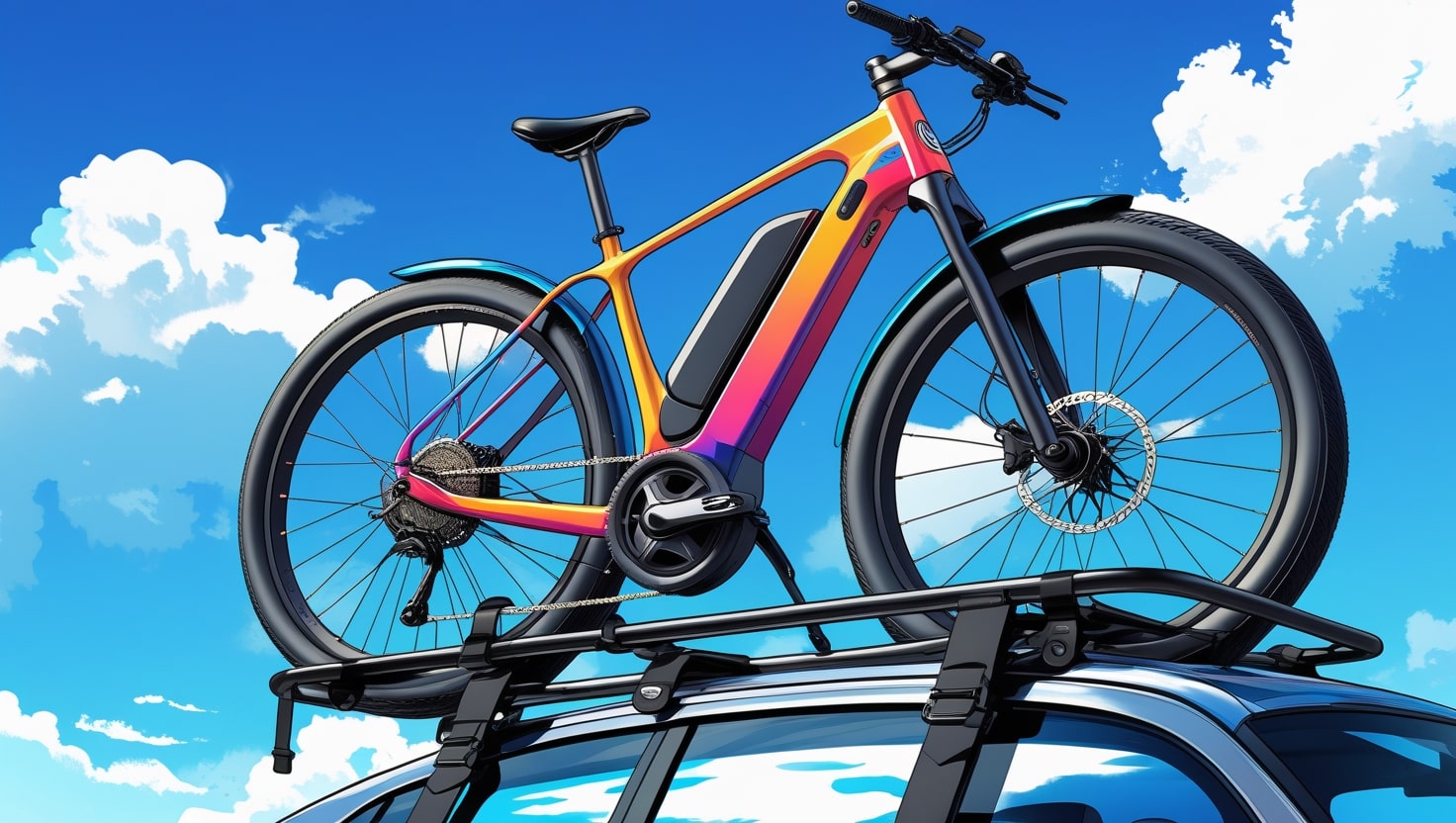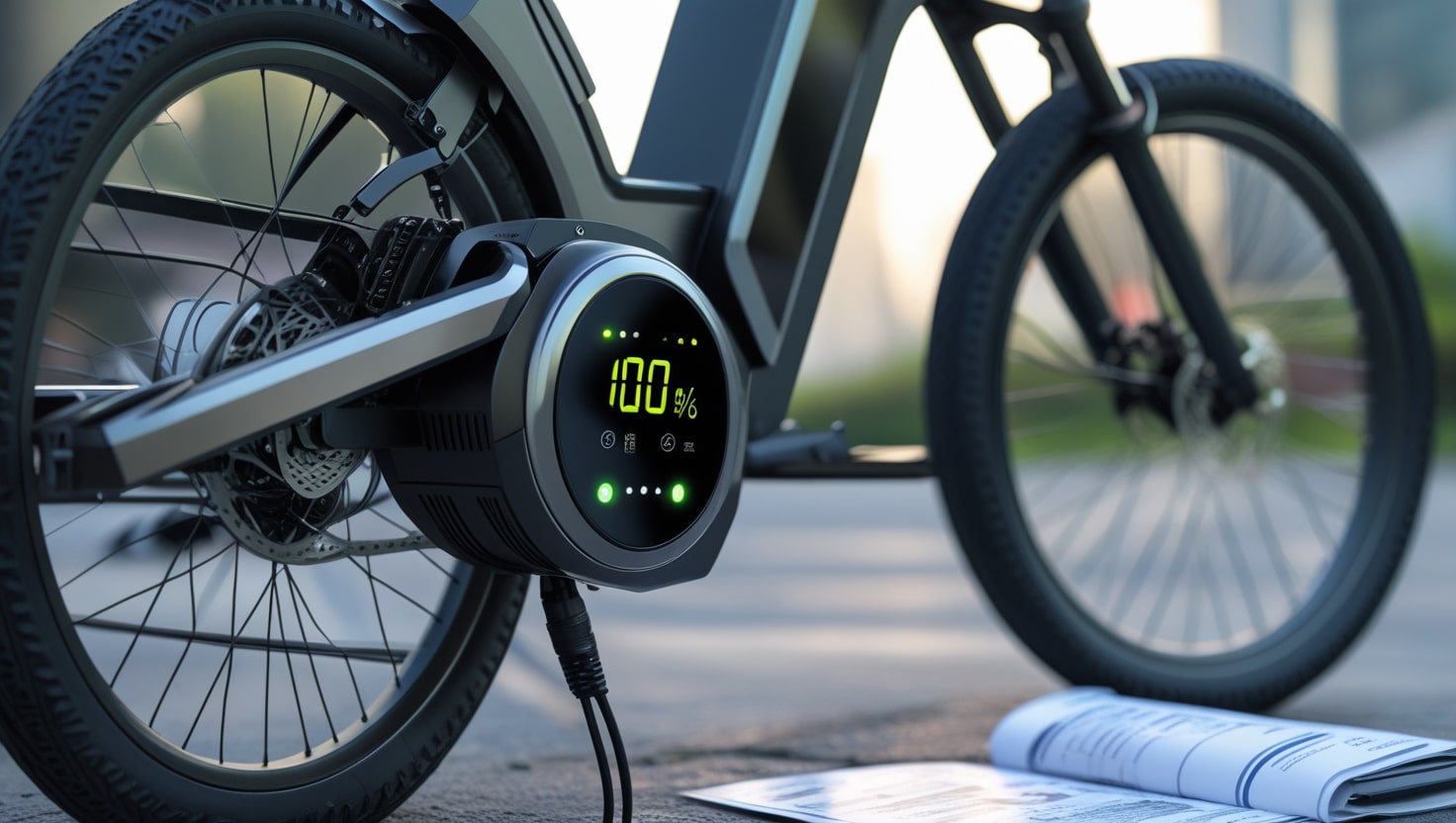Riding an electric bike in South Dakota opens up incredible outdoor adventures across breathtaking landscapes. Whether you’re gliding down a paved path or navigating rugged singletrack trails, it’s crucial to understand South Dakota eBike laws for a smooth experience. These laws ensure safety, accessibility, and compliance with essential regulations. Knowing if you need a license to drive and what makes an eBike street-legal in the state helps build confidence for all riders. This guide covers the rules and usage of eBikes to keep you informed and ready to ride.
Related: Nebraska eBike Laws
How does South Dakota define what an electric bike is?
In the state of South Dakota, the law defines ebikes as a type of electric bicycle or tricycle that comes with a seat or saddle, has operable pedals for propulsion, and is powered by a motor of no more than 750w. Based on power and function, eBikes are classified into different categories, each with specific speed and usage rules.
- Class 1: Features a pedal-assist system, meaning the motor works only when pedaling. Once the bike reaches 20 mph, it ceases working.
- Class 2: Has a motor that can be used exclusively to propel the bicycle, cutting off once it reaches 20 mph speed.
- Class 3: Provides assistance only when the rider is pedaling, and the motor stops either when pedaling ceases or when the bike reaches 28 mph.
Class 3 Electric Bike Specific Laws
Restrictions on Bicycle Paths and Multi-Use Paths:
Class 3 e-bikes have certain restrictions when it comes to paths and shared spaces. Generally, they are not allowed on regular bicycle or multi-use paths, except under specific conditions:
- Adjacent to roads: If a path runs alongside a roadway or highway, it is considered an extension of the road, allowing Class 3 eBikes.
- Explicit permission: Local authorities may permit the use of Class 3 eBikes on specific paths based on regulations and safety concerns.
Trail Usage:
Class 3 e-bikes are allowed on non-motorized trails only if they are naturally surfaced and do not contain added materials like gravel or asphalt. Local authorities may permit their use through posted signage or policies.
Additional Requirements:
- Age Restrictions: Operators must be at least 16 years of age or older, but passengers are allowed regardless of age if the bike is designed for two riders.
- Helmets: Passengers and riders within the age of 18 are required to wear helmets that fit properly. Adults are encouraged to follow the same practice for safety.
- Speedometer: All Class 3 e-bikes must have a functioning speedometer, ensuring that riders can monitor their speed and comply with limits.
Licensing and Registration Requirements for Electric Bikes
In South Dakota, electric bikes are subject to the same laws as regular bicycles. This implies:
- No Licensing Required: eBikes are exempt from licensing, registration, and insurance requirements that usually apply to motor vehicles. This makes them easier to own and ride legally.
- Simplified Ownership: Riders enjoy the freedoms of traditional cyclists without facing additional legal hurdles, making eBikes a more accessible and convenient transportation option.
Motorcycles, mopeds, and electric bikes are all subject to different laws in South Dakota, which are based on how they are made and used.
- eBikes: These do not require licensing, registration, or insurance, making them legally similar to traditional bicycles. Riders have more flexibility and fewer operational restrictions but must follow helmet requirements for minors and age limits for Class 3 eBikes.
- Mopeds: A valid driver’s license, registration, and proof of insurance are necessary. Mopeds have more prohibitions than eBikes, including restrictions on sidewalks and trails. Helmets are mandatory for those under 18.
- Motorcycles: A motorcycle endorsement on a driver’s license is required, along with registration and insurance. Motorcycles must follow comprehensive safety and equipment regulations, including eye protection rules and lane splitting restrictions.
SOUTH DAKOTA eBIKE LAWS FOR TRAILS
Riding an eBike in South Dakota comes with different rules depending on the location. Some trails and parks allow riders full access, while others have restrictions based on whether the area is considered non-motorized or motorized. It’s essential to check guidelines before heading out to avoid any issues. Below is a breakdown of where eBikes are allowed.
- State Parks and Trails: The South Dakota Division of Parks and Recreation does not have a unified eBike policy. Some parks, like Custer State Park, allow eBikes on paved roads and multi-use trails, while others restrict access in non-motorized areas. Checking individual trail regulations is important to ensure compliance.
- Federal Lands: On U.S. Forest Service or National Park land, eBikes are classified as motorized vehicles. For example, Black Hills National Forest only permits them on designated motorized trails unless otherwise posted. Riders should review maps and contact local offices for specific regulations before riding in these areas.
- Local Trails: Regulations differ by city and county. While motorized trails typically allow eBikes, singletrack trails in non-motorized areas may be prohibited. Signage in local parks usually indicates permitted uses. Using a guide or cycling apps can help locate suitable trails nearby.
- Interstate Riding: Interstates are generally restricted to motor vehicles, but South Dakota treats bicycles, including eBikes, similarly to regular bicycles in some cases. Due to safety concerns, such as high speeds and limited shoulder space, eBikes are not commonly permitted on interstates. However, some state roads and highways do allow them. Riders should verify routes and classifications with the South Dakota Department of Transportation before planning a trip.
Comparison of Class 3 and Class 4 eBikes
- Class 3 eBikes: These eBikes use pedal-assist, meaning the motor provides assistance only while pedaling. The motor ceases support once the bike reaches 28 mph. They are designed for high-performance riding, making them ideal for commuting and fitness purposes.
- Class 4 eBikes: These bikes have motors exceeding 750 watts and are capable of speeds above 28 mph. Since they are considered motorized vehicles, they are not street-legal in South Dakota and are restricted from public roads and paths.
Related: Wyoming Ebike Laws
GREAT eMTB RIDES IN SOUTH DAKOTA
- Centennial Trail – Boxelder Creek to Pilot Knob: This scenic route near Nemo stretches 6.6 miles, offering a mix of rugged terrain and smooth trails, perfect for eMTB riders looking for an adventurous ride.
- Mickelson Trail – Deadwood: Covering 113.3 miles, this historic trail takes riders through Deadwood, passing through tunnels, bridges, and beautiful landscapes, making it one of the best long-distance rides in South Dakota.
What are the rules for riding on the road in South Dakota?
Unless prohibited by a governmental entity with jurisdiction, a person can ride a Class I or Class II electric bicycle on any bicycle path or multi-use path in the state. However, Class III eBikes are not allowed on these paths, meaning riders must stick to designated roads and trails.
Additional Notes:
Every electric bicycle must be equipped so that the motor disengages or ceases to function when the person stops pedaling or when the brakes are applied.
Additionally, a Class III eBike must have a functioning speedometer to help riders track their speed and comply with legal limits. These features ensure safety and proper operation on roads and trails.
Related: Delaware eBike Laws
Common Misconceptions About South Dakota eBike Laws
- Misconception: A license is necessary for all e-bikes.
- Reality: Similar to bicycles, e-bikes are exempt from registration and licensing requirements.
- Misconception: All trails prohibit the use of e-bikes.
- Reality: Access changes depending on the type of trail and the management body. Depending on the type of surface and local regulations, several paths allow e-bikes.
- Misconception: Public roads are open to Class 4 eBikes.
- Reality: In South Dakota, class 4 e-bikes are not regarded as street-legal.
Wrapping it Up
South Dakota has eBike laws that find a balance between accessibility and regulation, ensuring that riders can safely explore the natural beauty of the state. By following classifications, checking trail access, and understanding local guidelines, cyclists can stay compliant with the law. Riding with confidence while showing respect for the rules helps create a safe and enjoyable experience for everyone on the road and trails.
Related: New Mexico Ebike Laws
Related: Ohio Ebike Laws
FAQs
Do you need a license, insurance or registration in South Dakota?
There are no licensing or registration requirements for electric bikes in the state of South Dakota.
What are the restrictions on Motor power or throttle in South Dakota?
According to South Dakota law, e-bikes can’t have motors larger than 750w.
Are there any age restrictions to riding an electric bike in South Dakota?
A person must be at least 16 years old to ride a Class III electric bicycle.
What are the laws around helmets in South Dakota?
Anyone under the age of 18 who rides a Class III electric bike and every passenger on one, regardless of age, is required to wear a properly fitting and secured cycling helmet.
Can I ride an electric bike on South Dakota’s state park trails?
Several paths in state parks, especially those that are paved and have multiple uses, are open to e-bikes. But since each park has different rules, it’s better to check with them beforehand.
Are eBikes considered motorized vehicles on federal lands?
Yes, eBikes are considered motorized vehicles on federal lands under the management of organizations such as the National Park Service and the U.S. Forest Service. Unless otherwise noted, they are usually prohibited from motorized trails.
What is the difference between a street legal electric bike and an electric dirt bike?
Street-legal electric bikes must be classified as Class 1, 2, or 3, and motor power no more than 750 watts. Electric dirt bikes frequently higher than these limits and are prohibited on South Dakota’s public roads and non-motorized trails.

